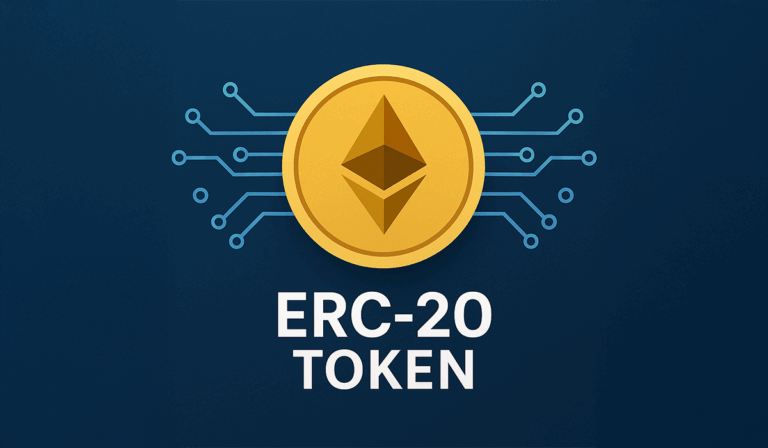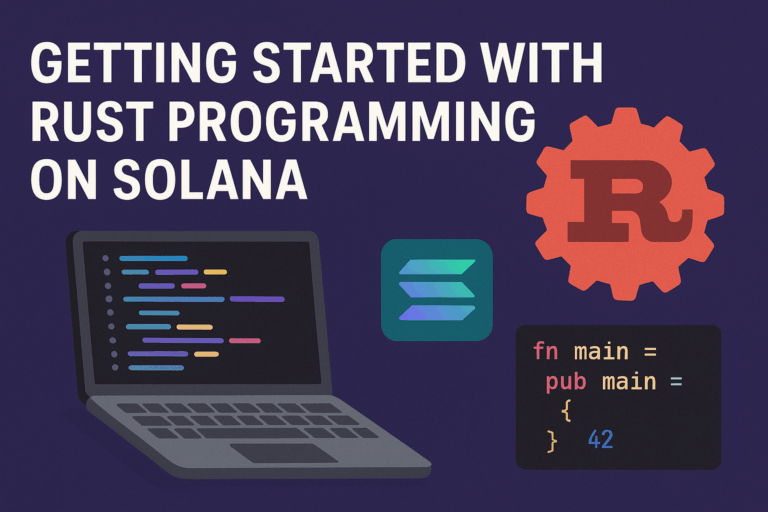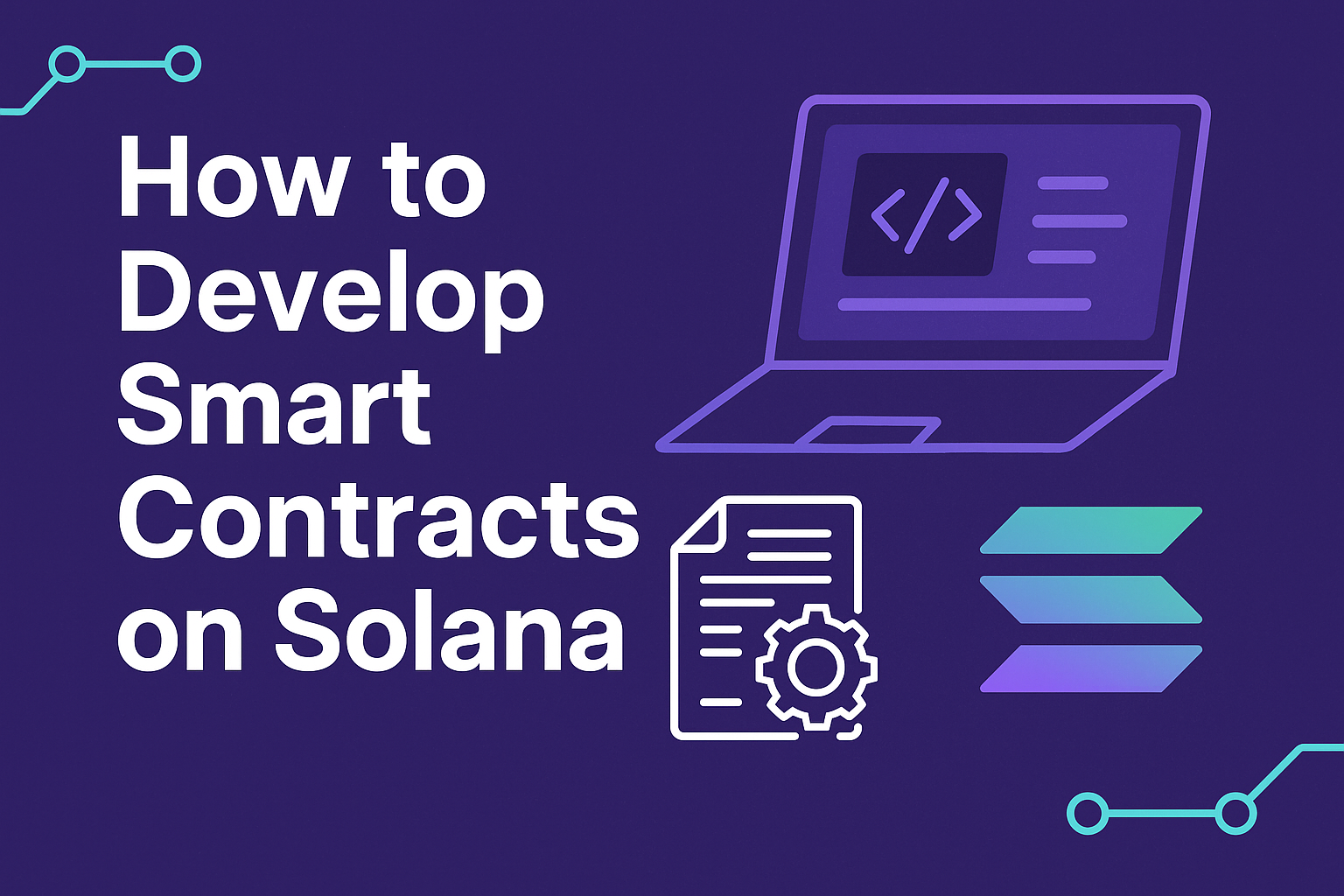How to Use the Solana Token Program
On the Solana blockchain, tokens are more than units of value they’re programmable building blocks that power everything from stablecoins and game assets to loyalty points and next-generation fintech. If you’ve ever wondered how to mint a token, move it safely between users, or add custom on-chain rules like transfer fees and KYC gates, you’re in the right place. This guide unpacks the Solana Token Program (often called SPL tokens) and its newer sibling, Token Extensions (a.k.a. Token-2022), with the mix of practical detail and real-world perspective you need to ship production-grade decentralized apps on Solana.
Table of Contents
🚀 The Solana Token Program in 60 Seconds
The Solana Token Program is the canonical standard for fungible and non-fungible tokens on Solana. It defines the data structures and instructions that let programs and wallets create token mints, issue supply, transfer balances, freeze accounts, and burn tokens. On top of that, Solana provides an Associated Token Account (ATA) convention so every wallet has a predictable “default” account for a given mint—no more guessing where to send assets. }
More recently, Solana introduced Token Extensions (sometimes called Token-2022), a modernized token program that keeps all the basics but adds powerful, opt-in features such as confidential transfers, transfer hooks (custom logic on transfer), non-transferable tokens, and richer metadata. Think of Token Extensions as a menu of capabilities you can selectively enable per mint.
🧱 Core Concepts You’ll Use Daily
🪙 Token Mint (the “class” of your asset)
A mint is the canonical record of a token type: it stores the token’s decimal precision (e.g., 6 or 9), where new supply can be issued from (the mint authority), and optionally a freeze authority that can freeze individual accounts. For a typical utility token, you’ll create one mint, set a sane decimal count (6 is common), mint supply into your treasury, and (ideally) revoke the mint authority once distribution logic is locked in. For NFTs, you would usually set decimals to 0 and cap supply at 1. (Metadata for NFTs is typically handled by Metaplex standards layered alongside the Token Program.)
📦 Token Accounts & ATAs (where balances live)
Solana separates the definition of a token (the mint) from balances. Each balance lives in a token account that is specific to one owner and one mint. To make that easy, the Associated Token Account (ATA) program derives a well-known address from owner + mint, so wallets and programs always know “the” place to send a given token for a given user. Anyone can create someone else’s ATA (and pay the rent-exempt SOL needed) to airdrop tokens smoothly. This predictable mapping is why ATAs are used by default across the Solana ecosystem.
💧 SOL vs. wSOL
SOL is Solana’s native coin used for fees and rent; it’s not an SPL token by default. When you need to treat SOL like any other token (e.g., in AMMs), you “wrap” it into an SPL token called wSOL by depositing SOL into a special account; unwrap to get native SOL back. Many DeFi protocols on the Solana blockchain handle wSOL under the hood to keep UX smooth.
⚙️ What Actually Happens Under the Hood
🛠️ Creating a Mint
At a low level, creating a mint is a two-step process in a single transaction: first, the System Program allocates an account with enough space and assigns ownership to the Token Program; second, the Token Program runs InitializeMint (or InitializeMint2 in newer SDK flows) to set decimals and authorities. The newer initialize variant removed the need to pass the rent sysvar explicitly, simplifying the call.
🧭 Creating a Token Account
You can create a token account the “old” way (create + initialize), but in practice you’ll almost always use the Associated Token Account program to create (or lazily create) the well-known account for {owner, mint}. Many wallets auto-create ATAs on first receipt, which is why users can often accept a new asset without manual setup.
🔁 Minting, Transferring, Freezing, Burning
Once your mint exists, you’ll:
- Mint new tokens into a treasury ATA (requires mint authority).
- Transfer tokens between ATAs (requires the sender or a delegated authority).
- Freeze/Thaw accounts if your mint has a freeze authority, e.g., for compliance.
- Burn tokens to reduce supply.
For wallets and many dApps, the developer experience is ergonomic: SDK helpers will “get or create” ATAs, check decimals, and build transfers with sanity checks. Underneath, each step is just a specific Token Program instruction.
🧪 A Mental Model: One Day in a Game Studio
Imagine a studio shipping Dragon Dash, a mobile game integrated with the Solana ecosystem:
- Create the mint: DRAGON with 6 decimals; set the studio’s treasury PDA as mint authority.
- Issue supply: Mint 1 billion DRAGON into a treasury ATA; immediately set the mint authority to a multisig for safer governance.
- Distribute to players: When a player finishes a mission, your program CPI-calls the Token Program to transfer DRAGON from a rewards pool to the player’s ATA (using idempotent ATA creation so you don’t crash if it already exists).
- Economy controls: Keep a freeze authority initially to respond to exploits; revoke it once the economy stabilizes.
- Bridges & DeFi: The community adds liquidity on a DEX; market makers handle wSOL pairs behind the scenes.
That’s the operational rhythm you’ll repeat in fintech, loyalty, ticketing, and beyond—mints define token types; ATAs hold balances; your program enforces business logic and calls the Token Program for the heavy lifting.
🧩 Token Extensions (Token-2022): Superpowers on Demand
Token Extensions keep the same core API shape but add opt-in modules you enable at mint-creation time. Highlights developers reach for today include:
🕵️ Confidential Transfers
Enable privacy-preserving transfers where amounts (and in some modes balances) are hidden while remaining verifiable with zero-knowledge proofs. This is ideal for enterprise payments or sensitive treasury movements that still need to clear on a public ledger. Solana’s docs describe the flow and required instructions end-to-end.
🪝 Transfer Hooks (Custom Logic on Transfer)
Add programmatic checks or side effects every time a transfer happens—think allow-lists/deny-lists, per-transfer fees that go to a treasury, real-time compliance checks, or on-chain accounting. Hooks let you embed your rulebook at the token level rather than rebuilding it everywhere.
🎖️ Non-Transferable (SBT-style) & Default Account State
You can mark tokens as non-transferable (great for credentials or achievements) and set a default account state (e.g., frozen until KYC) so new holders can’t move tokens until they pass your registration flow—clean, predictable enforcement at the mint layer.
🗂️ Metadata & Pointers
Token Extensions support richer metadata and pointers so you can reference external data or extended on-chain fields without rolling your own standard. It’s an ergonomic way to attach human-meaningful context to a token while staying compatible with wallets.
💱 A Note on Compressed NFTs (cNFTs)
Compressed NFTs use state compression to slash minting/storage costs at scale. They’re widely used for high-volume collectibles and growth campaigns. While cNFTs sit adjacent to the Token Program story, keep in mind they’re built with different mechanics (Merkle trees plus off-chain indexing) and are typically managed via Metaplex tooling and Read APIs.
🧑🍳 Recipes: From “Hello Token” to Production Patterns
1) Mint a New Token and Distribute It
Goal: Launch a community token with staged distribution.
- Create the mint with 6 decimals; set a program-owned PDA as mint authority so your on-chain logic controls issuance, not an externally-held key.
- Mint initial supply into a treasury ATA controlled by a multisig.
- As you roll out airdrops, your program mints or transfers from the treasury based on proofs (e.g., Merkle airdrops).
- After distribution, revoke the mint authority to cement the supply curve.
2) Guarded Transfers for Compliance
Goal: A stablecoin with allow-listed recipients and automated fee splits.
- Use Token Extensions with a transfer hook that checks an allow-list PDA and routes a basis-point fee to a compliance treasury.
- Enable default account state = frozen so new accounts are locked until KYC; your admin program thaws accounts when checks pass.
These controls live at the mint layer, so every app that touches your token automatically respects them.
3) Privacy-Aware Treasury Movements
Goal: Hide sensitive amounts while preserving auditability.
- Migrate to a Token Extensions mint with Confidential Transfers.
- Use the SDK and proofs to initialize confidential accounts and perform shielded transfers for payroll or strategic operations.
The result: public-chain settlement with private amounts—useful for enterprises that can’t leak trading or compensation signals.
🧰 Tooling & Developer Ergonomics
You’ll mostly work in TypeScript or Rust. In TS, helpers like getOrCreateAssociatedTokenAccount, createMint, mintTo, transfer, and setAuthority smooth over the gnarly parts. For Rust, crates for the token and associated token account programs make CPI straightforward, and you can pull the latest crate versions for production builds.
If you’re writing an on-chain program (smart contract), you’ll call into the Token Program via CPI (cross-program invocation). Use PDA signers (invoke_signed) for custody flows so your program can “sign” without a private key. For state, favor deterministic addresses so frontends can derive accounts client-side without RPC lookups.
🧭 Best Practices That Save You Later
🔐 Separate Authorities Early
Don’t leave mint or freeze authority on a single hot key. Use a multisig, distribute keys across roles, or delegate to a program-owned PDA that enforces your business logic with tests and guardrails.
🪙 Pick Decimals Deliberately
Decimals are immutable. Think in smallest-unit economics: if your token represents dollars, 6 decimals mirrors USDC-style precision; for game tickets, 0 decimals might be right. Choose once, measure twice.
🧊 Freeze With Care (or Not at All)
Freezing accounts is powerful but can be contentious. If you ship with a freeze authority for incident response, be transparent with users and have a clear path (and governance) to eventually revoke it.
💸 Fund ATAs for Frictionless UX
Creating an ATA requires a small rent-exempt deposit in SOL. For airdrops or onboarding, pre-create (and pay for) users’ ATAs so the first transfer “just works.” Wallets often auto-create ATAs now, but you can’t assume it for every edge case or RPC provider.
🧹 Revoke and Reduce Blast Radius
After initial minting, revoke the mint authority to eliminate accidental inflation. If you implement a transfer hook, add feature flags and circuit breakers to disable it in emergencies without bricking the asset.
🧪 Test Like It’s Mainnet
Write local tests that simulate CPI calls, bad inputs, and account lifecycles (close/rehydrate). Spin up devnet flows that reflect your mainnet wallet policies and rent conditions. Treat account closing (especially wSOL unwraps) as a first-class test—dangling lamports create UX papercuts.
🪤 Common Pitfalls (and How to Dodge Them)
- Decimals mismatch: If you send 1 “token” but your UI thinks it’s 1e9 base units, your numbers will look wild. Always read decimals from the mint and format consistently.
- Unfunded ATAs: Transfers to non-existent ATAs can fail; use idempotent ATA creation or proactively create them when onboarding.
- Forgetting to revoke mint authority: Nothing erodes trust faster than accidental extra supply.
- Assuming SOL is an SPL token: You need to wrap SOL for token-style flows; remember to unwrap and close accounts to refund rent.
- Under-scoped delegates: If you use approve/delegate flows, keep allowances tight and revoke promptly.
📈 What’s New & Notable in 2024–2025
Two trends matter if you’re architecting today: first, Token Extensions are maturing quickly, giving teams production-ready privacy (confidential transfers) and compliance primitives (transfer hooks, default frozen) at the mint layer; second, state-efficient assets like compressed NFTs are enabling massive distribution at consumer scale, especially for collectibles and growth mechanics. If you’re starting a new tokenized product, it’s worth evaluating whether Token-2022 features map cleanly to your needs out of the box.
🧩 Architecture Patterns for Serious Teams
Pattern: Program-Custodied Treasury
Let a PDA own your treasury ATA(s). The only way tokens move is via your program’s logic. Combine with a multisig or governance to upgrade logic safely, and require sign-offs for sensitive paths like minting or thawing accounts.
Pattern: Dual-Mint Stablecoin (Public + Private)
Create two mints that mirror each other’s supply: one standard SPL for retail wallets and one Token-2022 with confidential transfers for institutional flows. Keep a proof-of-reserves PDA and add a transfer hook to prevent “leakage” across the wrong rails.
Pattern: Loyalty Credentials with Non-Transferable Tokens
Issue non-transferable tokens for tiering (Bronze/Silver/Gold). Your app uses those balances as access keys; no marketplace speculation, no secondary sales. If you later need portability, mint a separate transferable “points” token.
🧯 Troubleshooting Cheat Sheet
- “Instruction requires a signer”: If your program-owned account needs to act, you must use
invoke_signedwith the correct seeds/bump. - “Account not rent-exempt”: Top up lamports or resize the account. Transfers and ATA creation fail if rent rules aren’t met.
- “No token account found”: Derive the ATA and create idempotently; don’t scan arbitrary token accounts.
- “Confidential transfer didn’t hide the amount”: Ensure you’re actually using the confidential instructions and supporting proofs; standard transfers won’t be private.
📚 FAQ Nuggets
Is the Token-2022 program a drop-in replacement?
Conceptually, yes—it preserves core semantics but adds extensions you opt into during mint initialization. Wallet and tooling support continues to expand, so evaluate your dependency matrix (wallets, indexers, RPCs) before migrating critical assets.
Do I need Token Extensions for basic fungible tokens?
No. The legacy Token Program is battle-tested and perfect for simple assets. Reach for Token Extensions if you need compliance hooks, privacy, or richer metadata out of the box.
What’s the difference between InitializeMint and InitializeMint2?
Functionally similar; the newer variant simplifies parameters by removing the explicit rent sysvar requirement from the call site.
✅ Summary & Next Steps
The Solana Token Program gives you a clean, performant foundation for tokenizing value on the Solana blockchain. You define a mint, hold balances in token accounts (preferably ATAs), and use well-understood instructions to mint, transfer, freeze, and burn. When you need more, Token Extensions layer in confidential transfers, transfer hooks, non-transferable semantics, and richer metadata without reinventing standards. Build with PDAs and multisigs for safety, choose decimals wisely, fund ATAs for good UX, and revoke authorities when you’re done.
If you’re architecting a tokenized product—payments, loyalty, gaming, or DeFi—start by sketching your authorities and lifecycle, then decide whether the legacy program or Token-2022 extensions map best to your needs. From there, spin up a devnet prototype, wire in ATAs, and instrument your program with guardrails. Have questions about your specific use case or want a second pair of eyes on an architecture diagram? Drop your scenario—I’m happy to workshop it with you.



A fantastic resource, thank you.